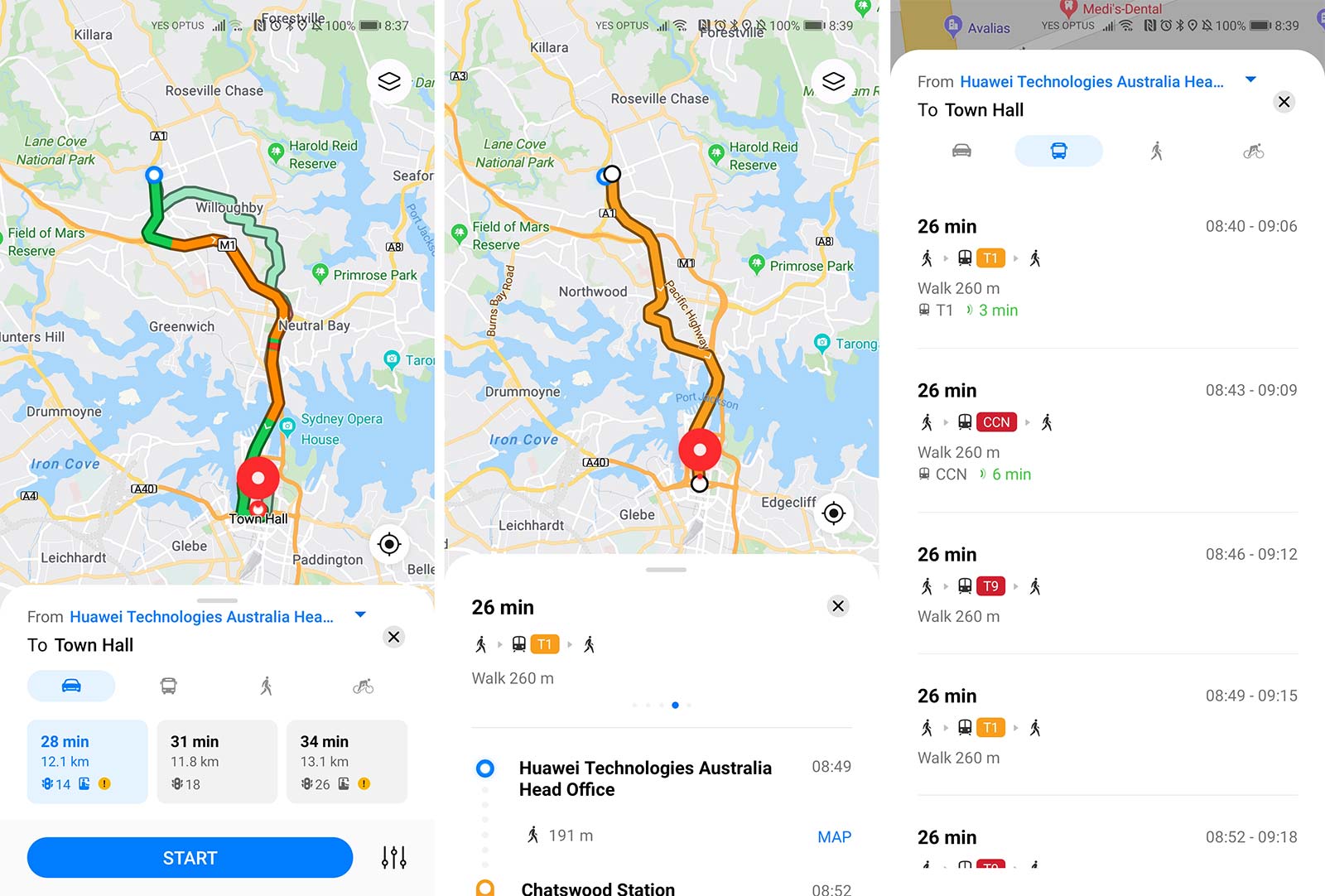If you’re one of the people who has no qualms about owning a Google-less take on Android with a recent Huawei phone, you’ll now get a map solution that talks to transport.
Huawei sure makes some interesting devices, but without the official support and blessing of Google’s Android, they’re impossible to recommend, even months after last checking them out. We felt that way with the Mate 30 and the P40 after it, and while we never got to play with the Mate 40, it’s in a similar predicament, and we suspect it would be very much the same.
The problem comes down to the lack of an official version of Android, and means it misses out on some of those crucial apps that make owning an Android not just worthwhile, but usable.
Even if you can get by without the official Google Play Store, you can’t get a Google Pay client, meaning there’s no support for mobile payments. A lack of some of the Google services means you can’t talk to some services either, with Uber one of them.
But even if you can live without both of those — because you might have your payment card strapped to the back of your phone and mightn’t be taking Ubers very often anymore — living without an official maps client can be hard, as can living without a direct link to a public transport route planner.
Fortunately, Huawei might have that last one catered for, as it updates the “Petal Maps” app, which will now include public transport support in Australia, with cycling routes coming to our spot of the world in the near future. For now, the Petal Maps app can reportedly connect to public transport networks in Sydney, with support for buses, light rail, ferries, and trains, with up to 16 countries supported, though Huawei not exactly direct about that.
It’s pretty clear Sydney is active in the screenshots, and we have to assume the other Australian capital cities are, as well, though Huawei hasn’t specifically stated.
Owners of a Huawei phone can find out for themselves, however, with Petal Maps available in the App Gallery, and also supporting turn-by-turn navigation and real-time traffic, as well.







